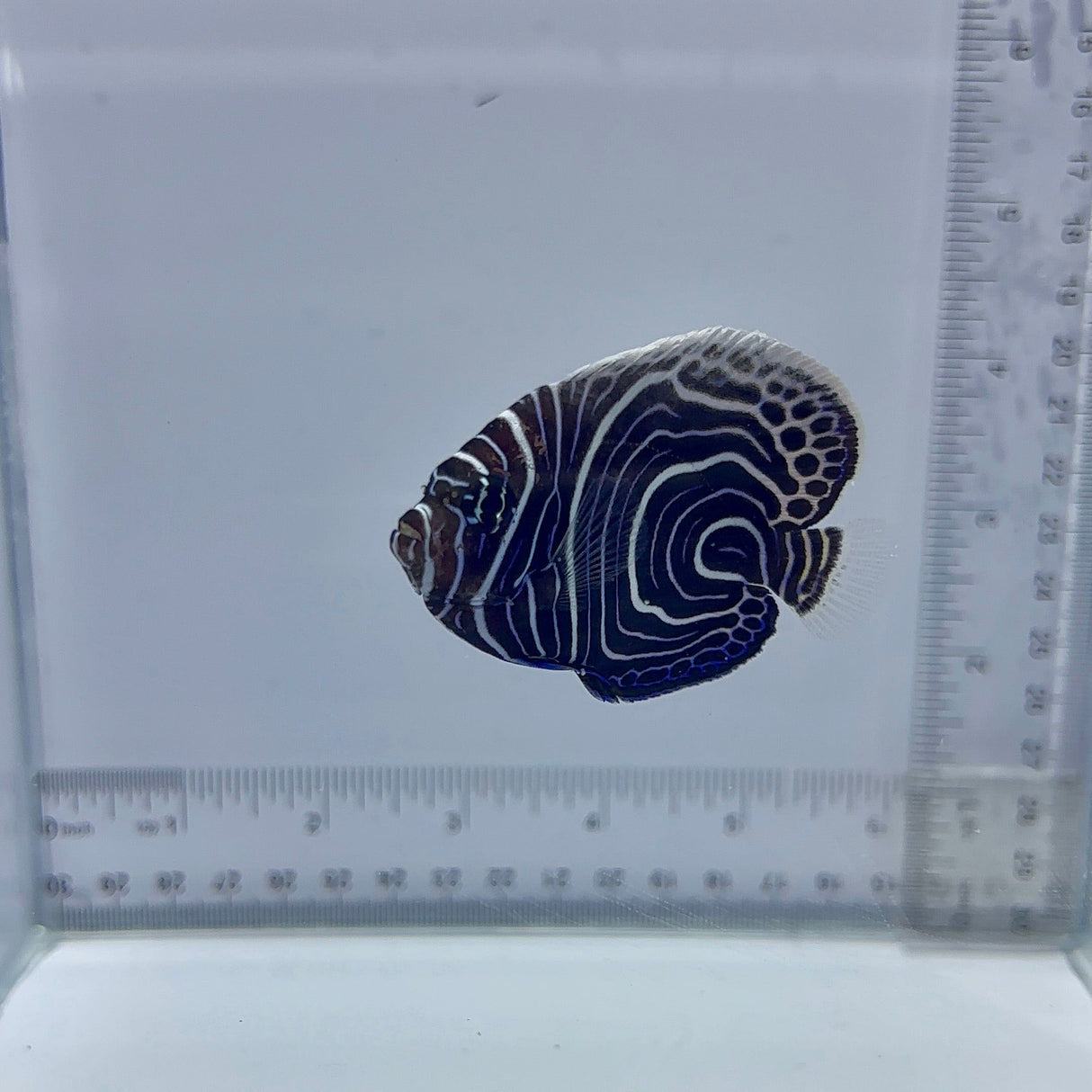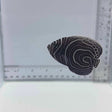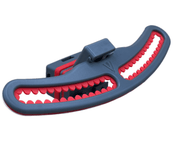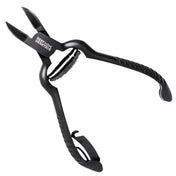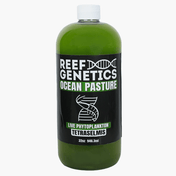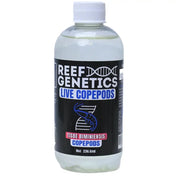Approx. Size:
Small: 1.25-2.5 Inches
Medium: 2.5-4 Inches
Large/Changing: 4+ Inches
Emperor Angelfish (Pomacanthus imperator)
The Emperor Angelfish is one of the most iconic and visually striking marine angelfish in the hobby. Juveniles feature a mesmerizing pattern of electric blue and white concentric circles, while adults develop bold horizontal stripes of blue and yellow, a dark mask across the eyes, and a pale blue face. Known for their dramatic color transformation and majestic presence, they’re a prized centerpiece fish in large marine aquariums.
Tank Requirements
Emperor Angelfish require a spacious aquarium—a minimum of 125 gallons, though 180+ gallons is ideal as they grow and mature. They need a tank with plenty of live rock for grazing and hiding, along with open swimming areas. These angelfish do best in a well-established, stable marine system with excellent water quality and consistency in salinity, temperature, and pH.
Algae Grazers and Foragers
While not dedicated algae-eaters, Emperor Angelfish are natural grazers. They’ll pick at rockwork for algae, sponges, tunicates, and other small invertebrates. Their foraging helps promote a balanced ecosystem, but they should not be relied on for algae control. They are more sponge- and protein-focused in their natural diet.
Diet and Feeding
A varied, nutrient-rich diet is key to maintaining the Emperor Angelfish’s coloration and health. Feed a combination of high-quality marine angelfish formulas, frozen mysis or brine shrimp, chopped seafood, and sponge-based prepared foods. Supplement their diet with nori, spirulina, and marine algae sheets several times per week. Feed 2–3 times daily, especially during their juvenile and growth stages.
Tankmates and Behavior
Generally semi-aggressive, Emperor Angelfish can become territorial—especially as they mature. They may bully smaller or more passive tankmates, so pair with fish of similar size or temperament. They are not reef-safe, as adults are known to nip at LPS, SPS, and soft corals, as well as sessile invertebrates like sponges and clams. Best suited for FOWLR (Fish-Only With Live Rock) systems or carefully selected reef tanks with caution.
At Top Shelf Aquatics, we take pride in ensuring your order arrives safely and in perfect condition. Here’s everything you need to know about our shipping process:
Livestock Shipping Details
- Flat Rate Shipping:
- $39.99 Out of State
- $34.99 Florida (In-State)
- Orders over $299 ship FREE!
- NO FREE Shipping during Sale Events
- Shipping Days: The calendar during checkout determines when your livestock order will arrive. Normally we ship Monday - Thursday via FedEx Priority Overnight.
Orders placed by 2 PM EST Monday - Thursday ship the same day. Orders placed after 2 PM or on Fridays will ship the next business day. - Delivery Times: Most packages arrive by 10:30 AM EST, though remote areas may experience later deliveries.
We take every measure to protect your livestock, including specialized packaging to maintain temperature and safety during transit.
Dead on Arrival (DOA) Policy
In the rare event of a DOA, you must submit a DOA Request within 2 hours of delivery (FedEx posted time). Once submitted, we will issue a replacement or store credit for the livestock. Please note:
- Shipping costs are not included in the credit.
- Refunds are not offered for livestock or shipping.
While we cannot be held responsible for delays caused by mechanical or weather issues, rest assured we’ll do everything possible to make it right!
Reef Guard Protection Plan
For ultimate peace of mind, upgrade to our Reef Guard Protection Plan. With Reef Guard, you’ll enjoy:
- Extended Livestock Guarantee: Coverage for up to 5 days.
- Priority Resolutions: Hassle-free claims with fast resolutions.
- Weather & Shipping Delay Coverage: Includes FedEx lost packages and damages.
Shipping Restrictions
- We currently ship livestock only within the continental U.S.
- Note: Due to Hawaii state law, we are unable to ship corals to Hawaii.
Now’s the perfect time to prepare your aquarium for its new additions. Consider doing a water change and ensuring space is ready. Check out our YouTube channel for detailed care instructions for your new corals!
For any questions or concerns, feel free to reach out to our support team. We’re here to help make your reefing journey a success!
5 Day Reef Guard
Temp-Control Box
Priority Overnight
Expert Care Support
